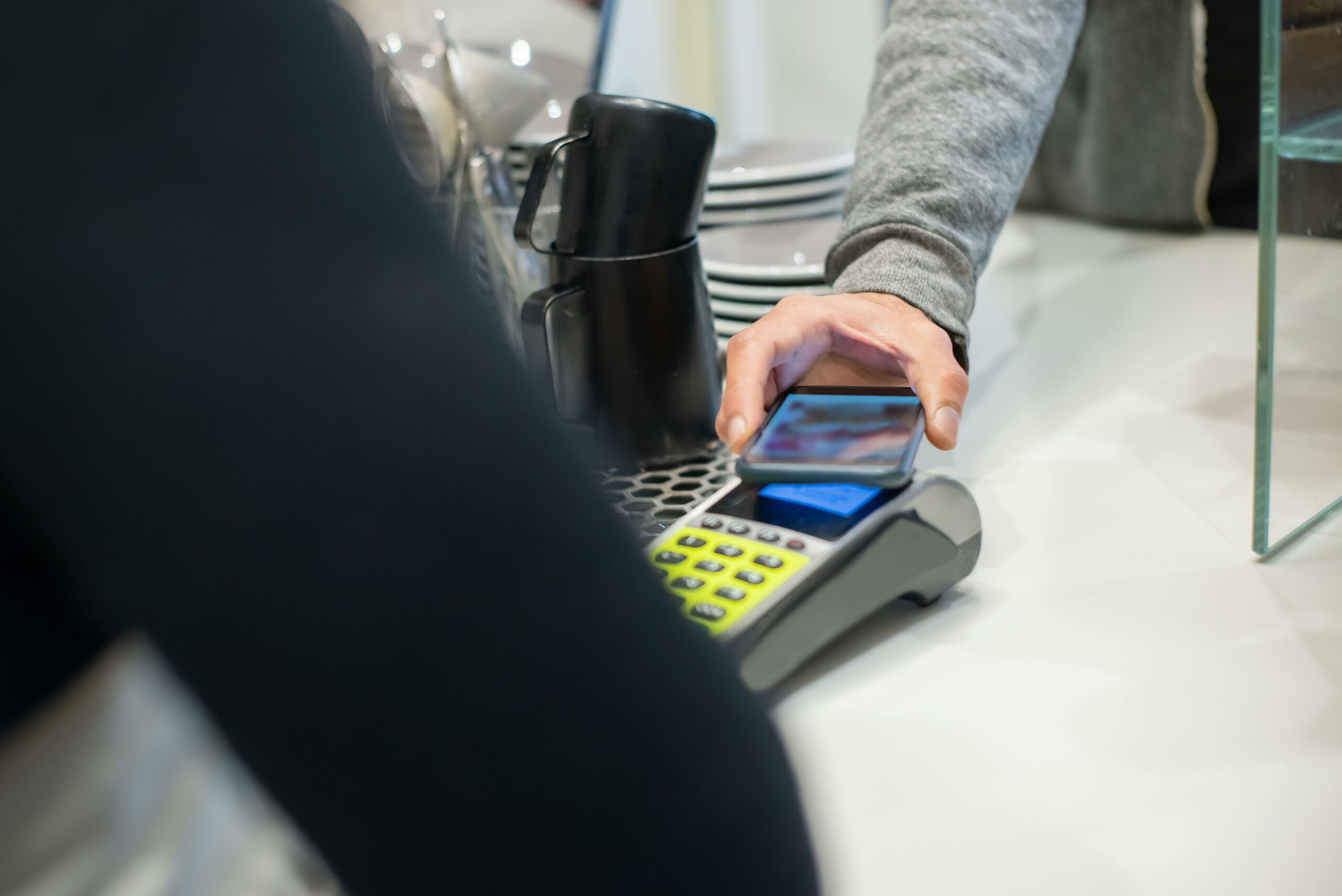Understanding the different payment methods available to you while spending online

At the risk of revealing my age, I remember a time in the mid-1990s when online spending comprised a tiny portion of the financial world. People predominantly used cash to buy things, and even when the world slowly started to move online, the people who began making this transition still used their bank cards to make transactions, being a little uneasy about the great financial unknown.
Obviously, now that we are in 2025, there are dozens of established payment methods available to use online. If you want to unpack this further and dissect each specific type of payment method, the number of available mediums stretches into the hundreds, especially if you include altcoins and types of e-wallets that have emerged over the last decade.
The rise of alternate online payment methods
Although bank cards were the primary transaction method during the late 1990s, several industries allowed customers to use various payment methods. The rise of e-wallets like PayPal and Neteller allowed those depositing and withdrawing their funds from a site to sign up with their email address and not have to worry about physically entering card details. This was a game-changer – in fact, it was that much of an innovation that both methods still handle billions of dollars’ worth of daily transactions.
PayPal and Neteller were the first two notable fintech companies that shaped the early days of the internet and created the framework for the e-wallets we see today. Online casinos were among the first companies to identify just how revolutionary these e-wallet systems were when it came to withdrawing and depositing funds.
They continue to revolutionize how we spend money online. Other payments, such as on-site currencies like gold tokens and site credits, are used to facilitate transactions at sweepstakes casinos, which do not use real funds and operate outside the remit of a traditional provider.
Although the idea of sweepstakes casinos didn’t initially cause much noise in the industry, they have become one of the most popular alternatives in the entire casino ecosystem, so much so that expert reviewers at Sweepstakes Casino now spend considerable time ranking the top sites based on a range of factors.
E-wallets
PayPal and Neteller might have planted the seed, but the technology that led to its initial success has engrained itself into every facet of our lives. If you use your smartphone to make everyday transactions, then the initial foundation of e-wallets was the “Big Bang”, so to speak. E-wallets are digital cards. You can add them to your phone, use them as a contactless payment or sync them to your iCloud or Android login so that it auto-fills the details when you select the option on your phone. The most popular ones include:
- Neteller
- Skrill
- PayPal
- Apple Pay
- Google Pay
- Samsung Pay
Cards
Cards are a bit more self-explanatory. I still use my card for most of my online payments. This category includes Visa, Maestro, Mastercard etc. I would add, though, to be wary of any potential fees the merchant may apply.
Your bank may also charge fees for specific types of transactions, so be sure to check this out before you use your card. Although this is rare, it is better to find out before than after – that’s my motto, anyway.
Also, be sure to check the legitimacy of the site and webpage you are using, and ensure that the website has a shield next to it that confirms it is secure. There are plenty of tips to avoid getting scammed online, but my top tip is always to check the site’s legitimacy, or that of the item. If it sounds too good to be true, then it usually is, and even if it is legitimate, it’s always best to check.
Older payment methods
I’d certainly put e-wallets and cards into this bracket, but given their still widespread use, I’ve given some of the much older payment methods only a small section here. Older payment methods like cheques and wire transfers make up a tiny percentage of today’s online payment ecosystem.
In the early 90s, they made up billions of dollars’ worth of transactions in prominent economies like the UK, but they have fizzled out and have been replaced. Although e-cheque technology allows people to scan and cash a cheque much quicker, e-wallets and cards dominate. If you still prefer to use them, be prepared for the merchant to implement a fee for using this dated method.
Crypto
The rise of Bitcoin and cryptocurrency has led to a surge in ownership and people looking to use it online. You should research it yourself before putting any money into it – but the general theme of crypto is that you set up a wallet, have a wallet address, add some crypto and connect it to the shopping site. It’s not a widely used payment method for online shopping, but it could well be a prominent feature in the payment landscape 10 years from now.
Conclusion
Whether you use card payments, crypto, e-wallets or classic payment methods like bank transfer, you must use the system you’re most comfortable with. Aside from fees and external issues that can arise from scam sites, all the payment methods we have discussed today have little downside, hence their popularity and why they facilitate trillions of dollars in online transactions every day.
Miss Clipping Out Stories to Save for Later?
Click the Purchase Story button below to order a print of this story. We will print it for you on matte photo paper to keep forever.

